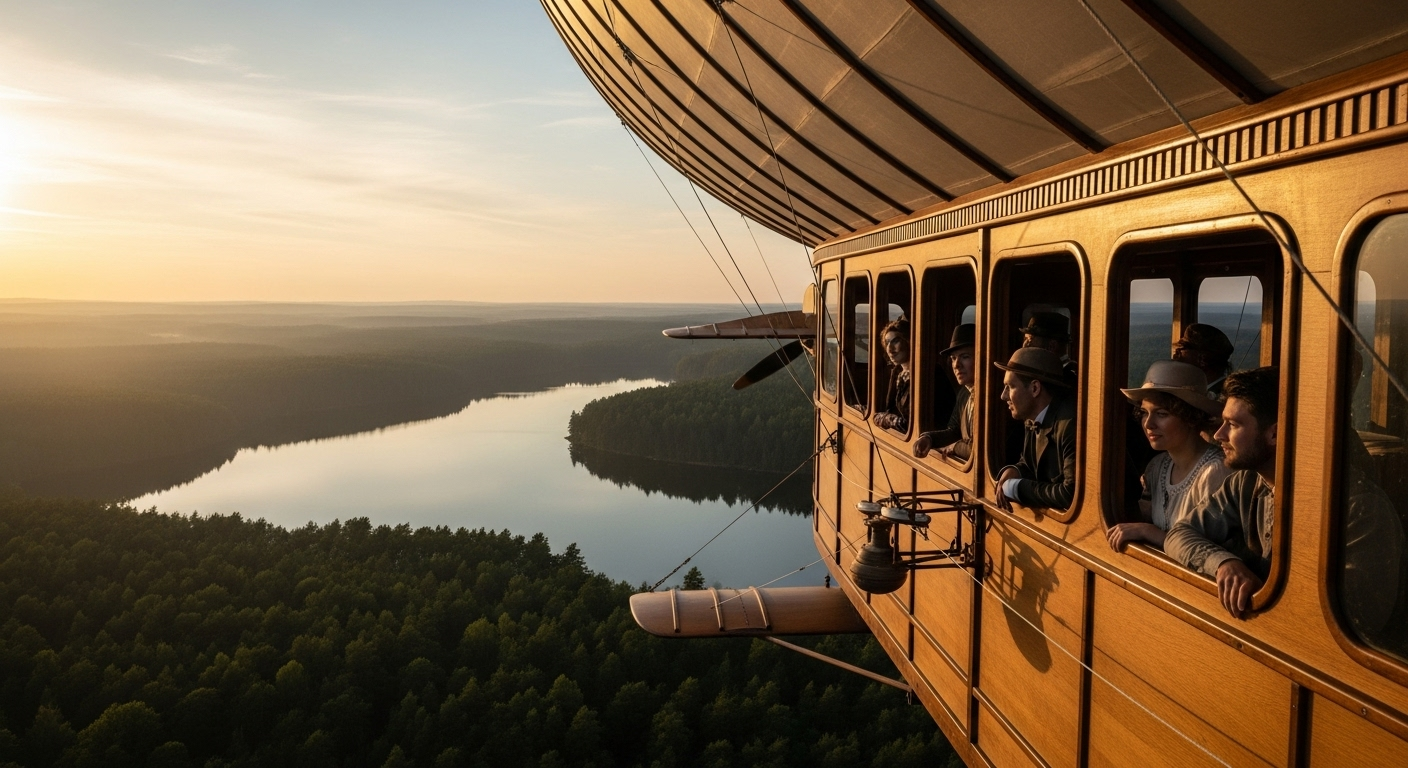Pioneering the Skies: The Emergence of Airship Tourism
Tapping into the nostalgia for a bygone era, airship tourism is reviving the magic of travel in unique and environmentally conscious ways. This article delves into the fascinating history of airships, explores their advantages and challenges in today's travel landscape, and provides an inside look into the world of airship tourism— an emerging trend that's quite literally taking travel to new heights.

The History and Evolution of Airships
Airships, also known as dirigibles, have a rich and tumultuous history. These lighter-than-air flying machines first took to the skies in the late 19th century, epitomizing luxury and technological progress. However, the tragic Hindenburg disaster in 1937 largely ended the era of airship travel, relegating these majestic vessels to the annals of history.
The Resurgence of Airship Tourism
In recent years, the travel industry has witnessed an increased interest in airship tourism. Modern airships are far safer and more efficient than their predecessors, thanks to advancements in materials and technology. They offer an unrushed, immersive travel experience, providing panoramic views that few other modes of transport can rival.
Advantages and Challenges of Airship Travel
There are several advantages to airship travel. Firstly, it’s a low-impact form of transport, producing minimal noise and air pollution. Secondly, airships can land in a variety of places, unlike planes which require runways. However, there are challenges too. Weather conditions can greatly affect airship operations, and the slow speed of travel may not appeal to everyone.
Airship Tourism in Practice
Several companies worldwide are now offering airship tours. These trips often focus on sightseeing, with routes designed to showcase stunning natural landscapes and heritage sites. Meanwhile, luxury airship cruises, complete with gourmet dining and spacious cabins, are also beginning to take off.
Airship Tourism: The Future of Slow Travel?
Given their eco-friendly credentials and the unique travel experiences they offer, airships are positioned to become a significant player in the future of slow travel. However, for this to happen, the industry will need to overcome challenges related to energy efficiency and public perception.
Airship Travel: Quick Facts and Tips
-
Modern airships are filled with non-flammable helium, making them much safer than their hydrogen-filled predecessors.
-
The cruising speed of a modern airship is typically around 35-50 miles per hour.
-
Airship journeys can be affected by weather conditions. It’s advisable to have flexible travel plans when booking an airship tour.
In summary, airship tourism is an emerging travel trend that offers a unique blend of nostalgia, eco-consciousness, and unrushed exploration. As these majestic vessels once again take to the skies, they offer a new perspective on travel— one that prioritizes the journey as much as the destination.




